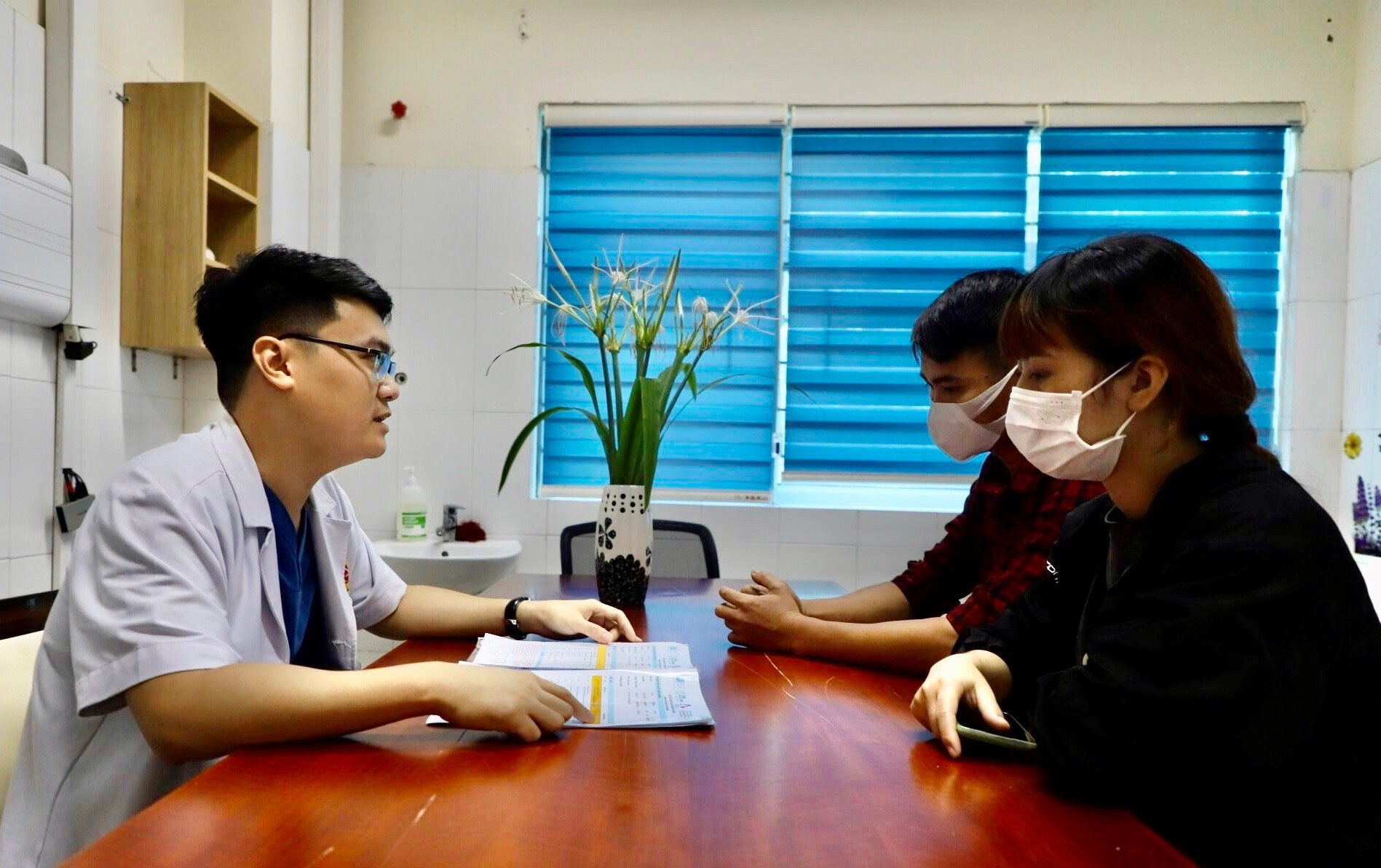
So what is Thalassemia? Specialist Doctor I (BSCKI) Lai Thi Huong - Department of Hematology - Blood Transfusion (Friendship Hospital) said, Thalassemia or congenital hemolytic anemia is a disease related to mutations in the globin-producing gene.
This is a congenital genetic disease that is usually inherited from both parents. If both parents carry at least one mutated version of the thalassemia gene, the child will have a high risk of developing the disease. This is also the disease with the highest genetic rate in the world .
Meanwhile, Dr. Bach Quoc Khanh - President of the Vietnam Hematology and Blood Transfusion Association said that Thalassemia is dangerous because of its "recessive" nature. Many people do not know that they carry the Thalassemia gene because they have no symptoms, but if they marry someone who is also healthy and carries the same disease gene, there is a 25% risk of giving birth to a child with Thalassemia. And if they have the disease, the children will be severely affected by the genetic disease from their parents.
It is worth noting that 63 provinces and 54 ethnic groups in our country all have people carrying the gene for congenital hemolytic disease. Many ethnic groups have a rate of carrying the Thalassemia gene of up to 30-40%, with the Kinh ethnic group alone accounting for 9.8%.
According to Dr. Lai Thi Huong, people with Thalassemia not only face life-threatening risks but also pose a burden of medical expenses for their families. However, congenital hemolytic anemia is a preventable disease.
To limit the number of children born with thalassemia, couples should undergo screening tests and premarital counseling before pregnancy. In cases where test results show a high risk, couples can consider in vitro fertilization combined with embryo screening to select embryos that do not have thalassemia.
In 2020, Thalassemia was included in the list of diseases that require prenatal screening.
Dr. Bach Quoc Khanh said: “For decades, many countries in the world have successfully implemented the Thalassemia disease prevention program. In practice, the investment cost for disease prevention is much smaller than the treatment cost and the efficiency is very high.
In Vietnam, screening for Thalassemia needs to be done earlier, right from the pre-marital stage, and at the same time, counseling carriers on how to have healthy children is the key to ending the situation of children being born with the disease and gradually reducing the rate of genetic disease transmission in the community.
The World Thalassemia Federation also affirmed that Thalassemia is a preventable disease. Therefore, experts recommend that each individual should proactively go to medical facilities, conduct screening and testing for the possibility of carrying the Thalassemia gene to "prevent the disease" for their own children.
Dr. Lai Thi Huong said that thalassemia can be detected early through blood tests and blood cell morphology tests using a telescope - peripheral blood test, and thalassemia gene tests using genetic tests. If someone in the family has the disease, other members should be screened early.
Source








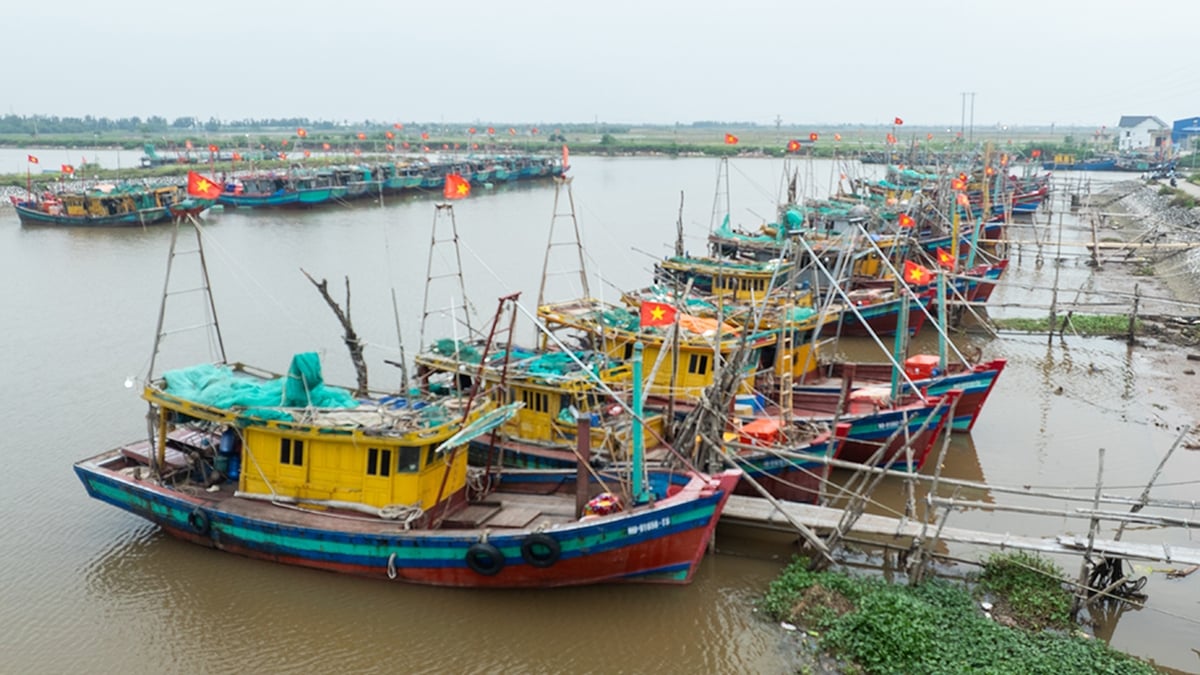
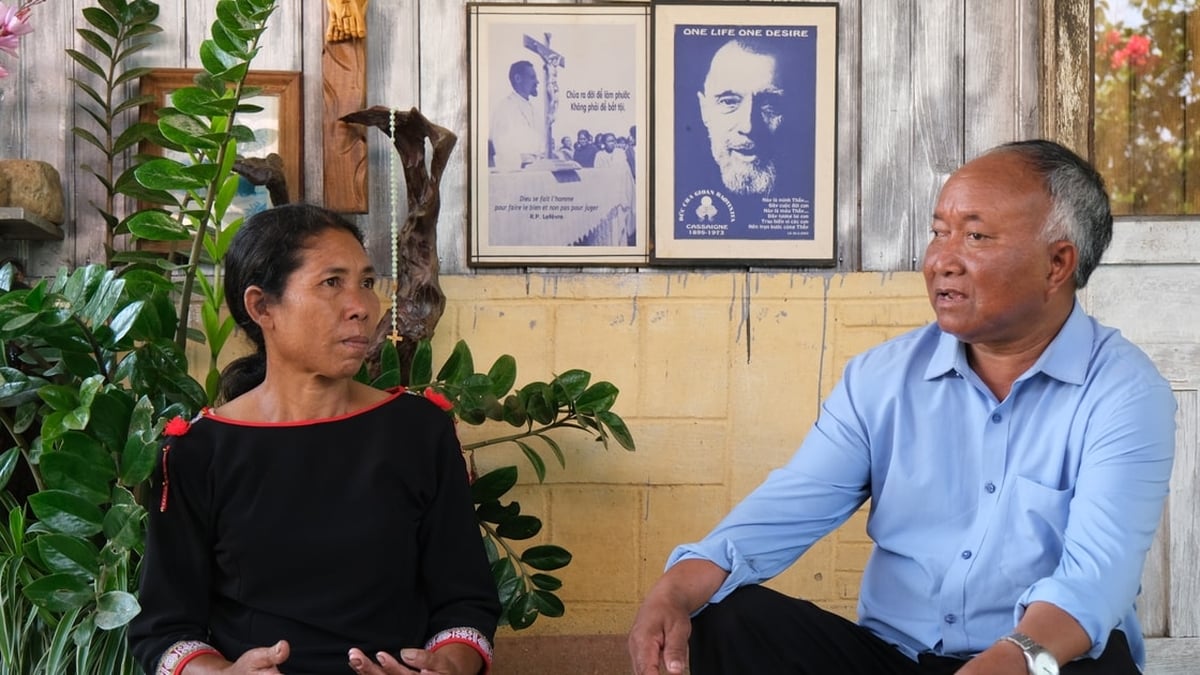


















![[Photo] National Assembly Chairman Tran Thanh Man visits Vietnamese Heroic Mother Ta Thi Tran](https://vphoto.vietnam.vn/thumb/1200x675/vietnam/resource/IMAGE/2025/7/20/765c0bd057dd44ad83ab89fe0255b783)


































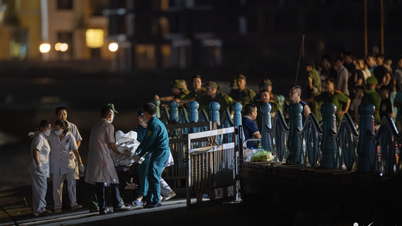

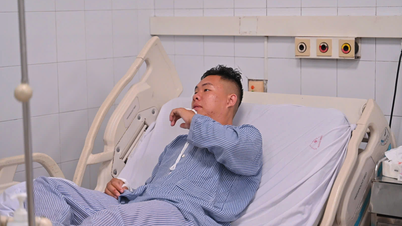
































Comment (0)